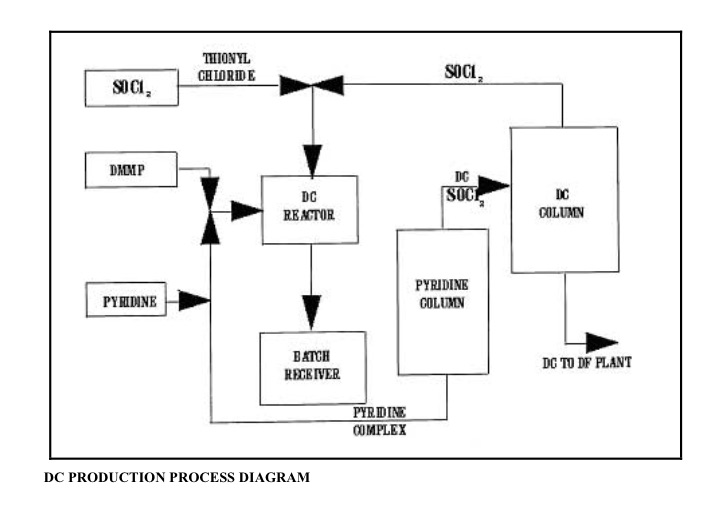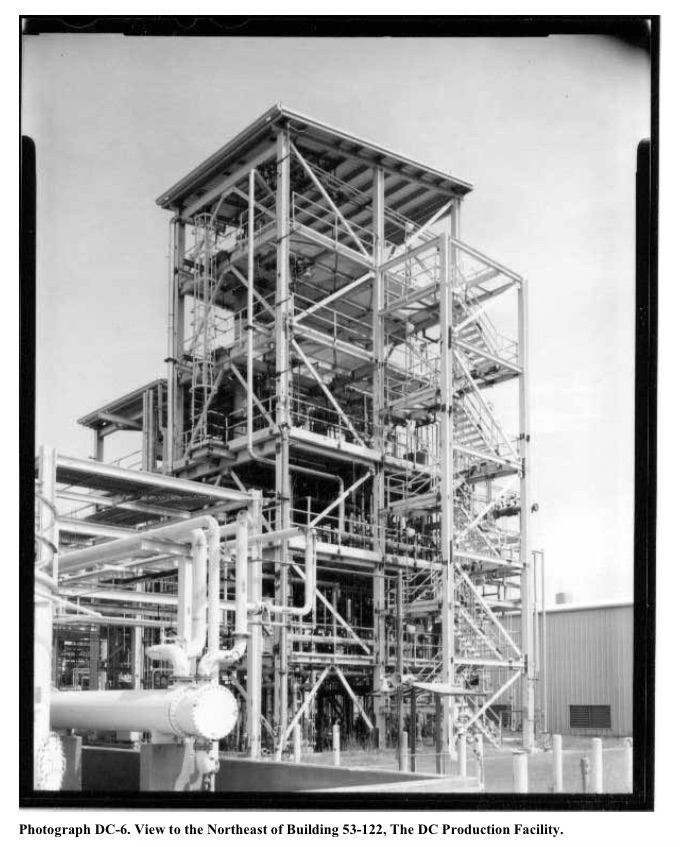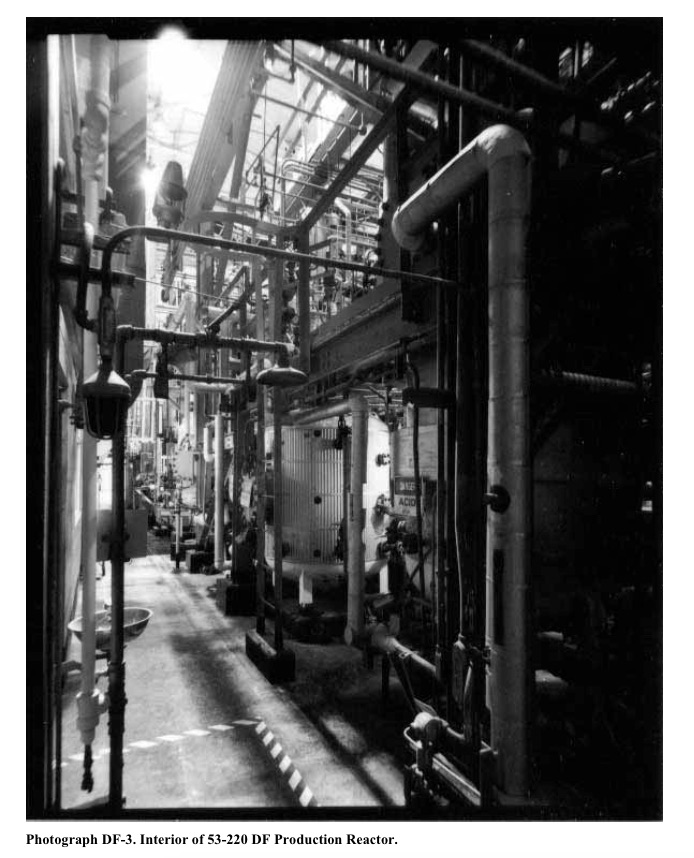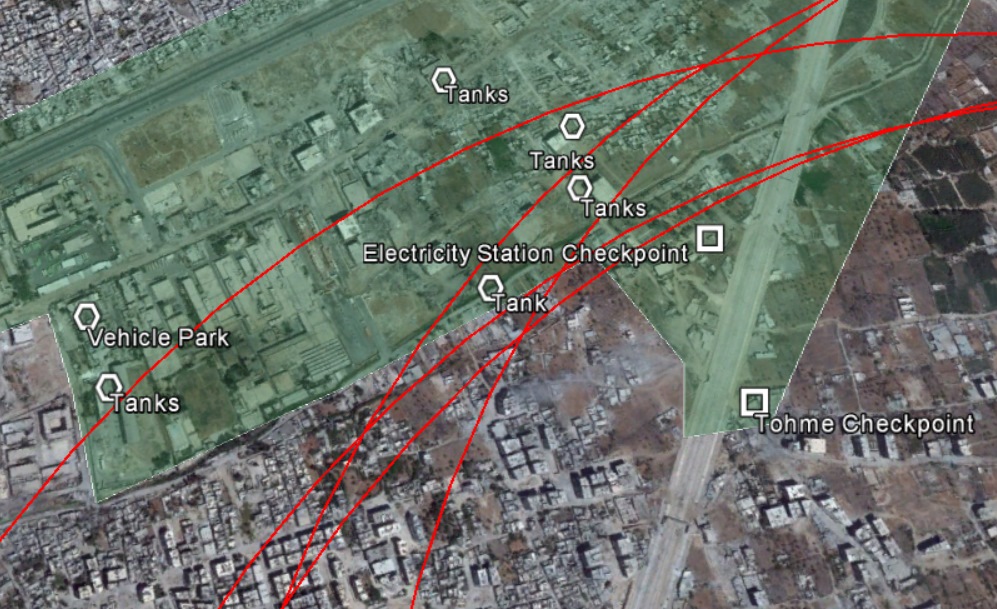Examining the Turkish Sarin "Recipe"
Recently, two Turkish deputies (Eren Erdem and Ali Şeker) of the opposition CHP party have claimed that the Turkish government procured the Sarin nerve agent that was used in the 21 August 2013 chemical attack near Damascus. These allegations are similar to those made by Seymour Hersh in a series of articles in London Review of Books.
A part of the alleged evidence is a transcript of telephone conversations. These telephone conversations allegedly contain technical details of how the Sarin was made. The technical details include curious details, many of which are technically in error. This post analyzes the technical details of the supposed “Turkish Sarin Production Plot.”
According to extracts of the alleged conversations published in Cumhuriyet, the Turkish Sarin was allegedly made according to this “recipe”:
- Methanol + White phosphorous = Dimethylmethylphosphonate (DMMP)
- DMMP + Thionyl Chloride = Methylphosphonyldichloride (DC)
- DC + Potassium Fluoride = Methylphosphonyldifluoride (DF)
- DF + Isopropyl alcohol = Sarin + HF.
- Add isopropanolamine to neutralize the HF.
There are numerous problems with the “recipe” specified in this transcript. The five steps listed above are not a recipe. It is a list of ingredients and steps, without regard to process. One doesn’t pour the ingredients in a bowl and mix. It doesn’t work that way. The “Turkish recipe” does not specify any method at all, nor does it have any reference to equipment. I can assure you, some highly specialized equipment is needed and some sophisticated processes are required. It is the equivalent of saying that a sack of cocoa beans, a bushel of wheat grain, some salt, a cow, a chicken, a stack of sugar cane, and some baking powder is all you need to make brownies. While technically a correct statement, this list of raw materials is a long way from a plate of brownies. You need tools (oven, measuring methods, bowls, pan, a spoon) and a process. Sarin is the same way. Specialized equipment is required, such as the ability to handle highly corrosive HF at high temperatures.
Even if the list specified above were a recipe, this is the wrong recipe. While it serves no great public interest for me to go into great detail about how Sarin is made, there are about 20 possible production pathways to get from raw materials to Sarin as a final product. The US, USSR, German, and Aum Shin Reikyo methods are available in open source material if you know where to look for them, albeit in hard-to-find archival material and library books and not generally in online material. I have personal knowledge of the analysis of the Satyan 7 facility where the Aum cult built their production plant. The British method used at their production facility in Cornwall can be deduced from archived documents. The Yugoslav method was described to me several years ago. But the recipe listed in the alleged Turkish transcript is not one of the production processes.
Step 1 is wrong. This is not how you make DMMP. One does not combine methanol and white phosphorous to make DMMP. It can be produced by the well-documented Arbuzov reaction which requires substances not mentioned in the “shopping list” above. Several alternative techniques are also easily discovered by a patent search.
Step 2 is grossly oversimplified, particularly when compared to the processes that the US government used to produce DC from DMMP at Pine Bluff arsenal, the Soviet technique as documented in the East German military chemistry manual, or the techniques laboriously pioneered by the US Army in the 1950s at the Muscle Shoals, Alabama DC production factory. The US Government has published an unclassified document discussing the elaborate steps and hardware needed to turn DMMP into DC at Pine Bluff, Arkansas, as part of the US binary Sarin program. It is not a simple additive process as the simplistic recipe might lead one to believe. The diagram below is the engineering block diagram from the Pine Bluff plant for the production and refinement of DC from DMMP. (Source: Architectural Recordation of the Integrated Binary Production Facility, Pine Bluff, Arkansas. US Army, 2004.)
The hardware associated with the DC production process is amply illustrated in the following photograph, taken from the same document.
From 1953 to 1957, the US Army produced a large quantity of Sarin. The production facility was at Rocky Mountain Arsenal, in Colorado. The DC required for the production effort was produced in an Army chemical factory in Muscle Shoals, Alabama, euphemistically nicknamed the Phosphate Development Works. Production of DC ceased when Sarin production at Rocky Mountain Arsenal ceased. The Phosphate Development Works was placed in mothballs and eventually declared inactive in 1969. The DC production process in Alabama was quite difficult and there were quality control problems mentioned in various reports from the time. The nature of the difficulties is still hard to discover, as many paragraphs in archived documents are redacted. The following is an extract from an oral history interview conducted in 1985 by a US Army historian:
If there were significant problems in producing DC when the US government was throwing rather a lot of money at the problem, I suspect that it would be very difficult for someone to do it adequately, particularly in the required scale, in a shed without an awful lot of training and specialty equipment.
The problems with step 1 and 2 are merely illustrative of the fact that Sarin’s production processes are elaborate and require a high degree of chemical engineering, handling of toxic, flammable, and corrosive gases and liquids, and precision process control. As I have written in the past, Sarin is not a kitchen process. There are additional complications in every step of the process. The diagram below (again, from the same document) shows the DF production reactor. It is evident to the layman that this is not a simple mixing-bowl operation.
The recipe mentions isopropanolamine. This is probably an error. Whoever wrote this process appears to not know what they are talking about . Possibly they are referring to isopropylamine, but they clearly indicate the chemical formula for isopropanolamine in the transcript.
As I have discussed elsewhere, amines play a role in some production techniques for Sarin. You cannot make Sarin without also creating an equivalent amount of acid (HF or HCl depending on the production technique.) This residual acid is very dangerous and must be removed or else the Sarin will have very short shelf life. An acid-Sarin cocktail is highly destructive to protective clothing, munitions, and storage containers. For Sarin that is going to be stored for any length of time, the US and USSR developed, at great difficulty and expense, techniques for extracting the residual acid. Without such elaborate chemical engineering techniques, which the laws of several countries would prohibit me from specifying, one could use an additive as an acid scavenger to try to compensate for the residual acid. Various amines, of which isopropylamine is one, have been used in nerve agents as additives over the years. (See here for a lengthy discussion.) The one documented use of isopropylamine was in the US Army’s M687 binary chemical artillery shell. However, as is abundantly clear from the physical evidence collected in Syria, the product that was used in the 8/21 attack used hexamine, not isopropylamine. No physical evidence of isopropylamine or any of its degradation products appears to have been discovered in the physical evidence from the 8/21 attacks. At least one data sheet for commercial isopropylamine indicates that it potentially binds with soil. Hexamine, incidentally is far cheaper and easier to procure or manufacture than isopropylamine. Isopropylamine was chosen by the US Army for it’s specific utility in making binary Sarin in a “mix-in-flight” artillery shell, a munition very different from the Volcano and 140mm rockets used in the 8/21 attacks. But all of this discussion is perhaps irrelevant as the recipe mentions a different chemical altogether, isopropanolamine. The role and utility of isopropanolamine as an acid scavenger in Sarin is not well-explored. Indeed, it may have the opposite effect as isopropanolamine was investigated as a solution for decontaminating Sarin and other nerve agents.
The CHP allegations are also out of proportion to the amount of material used in 2013. The amount of Sarin that was used in the 8/21 attack was somewhere in the order of magnitude of 1 ton for the Zamalka Volcano rocket attack, and some lesser amount for the 140mm rocket attack. (See my article in CBRNe World magazine in late 2013.) To produce a ton of Sarin one needs an industrial effort and a factory-sized facility. However, the alleged transcript refers to procuring materials to make 50kg of Sarin. This is about one twentieth of what was needed for the 8/21 attacks. 950Kg or more is missing. Are we seriously meant to believe that 50kg of Sarin could account for the entire 8/21 incident? Or that there were 20 such plots, to independently produce Sarin, in a dispersed fashion? Or that these alleged perpetrators did it 20 times over without incident or discovery? The alleged plot does not account for the amount of material needed.
If there are such fundamental flaws in the first two steps of the process, how can one take the allegation seriously? This hasn’t even been cribbed from easily available documents on the internet. Indeed, I cannot rule out that an obviously fake recipe has been circulated for purposes of deception or mischief. If I wanted to write a recipe for Sarin that looked broadly correct, but which would never result in any actual Sarin (or even harm the producers) it is the sort of thing I would do. The alleged Sarin production plot does not add much, if any, clarity to the events of 8/21. Indeed, even if it were correctly reported, it could not yield Sarin, and certainly not in the quantities that would have been needed for 8/21. All we have at present is a wrong recipe and some odd allegations.





